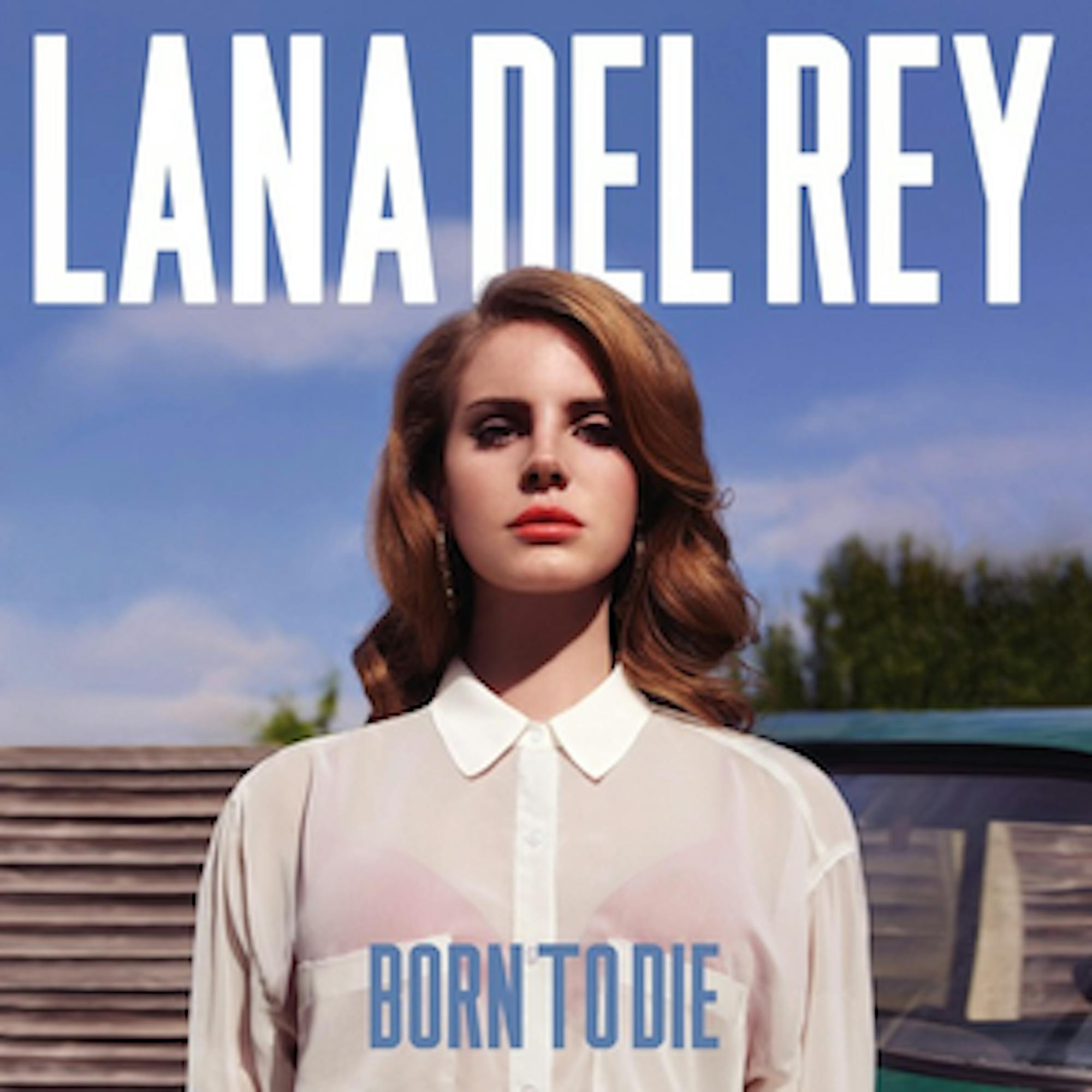Sometimes artists can release music, and instantly, everyone knows it will be impactful. The artistry, themes, visuals and production are all key signs of a successful release. However, success can be subdued. Impact can be unprecedented. Legacy blossoms out of retrospect. This is true for Lana Del Rey, who is the titan of alternative sound, the goddess of indie pop and the empress of Hollywood sadcore. Her sophomore album "Born To Die" (2012) left an impact on the industry far greater than any critic could anticipate at the time of release.
Holding a meager score of 62 on Metacritic,it is Del Rey's lowest reviewed album on the score aggregator. However, the retroactive reviews of "Born To Die" are glowing. Pitchfork, which initially rated the album 5.5 out of 10, revised its score to a 7.8 on the same scale nearly a decade later.
It was 2013 when I first heard the "Summertime Sadness" remix with Cedric Gervais in the parking lot of a Market Basket on a sunny summer afternoon, thinking, "Wow, this song is really good." However, looking back, many Del Rey fans’ first true introduction to the singer was a year prior, when she performed "Video Games"on "American Idol" (2002–16, 2018–). As a generation of eventual Lana Del Rey fans, including myself, began to grow up, many of them began to dive into Del Rey's limited discography. At the time, her only releases on Spotify were "Born To Die" and "Paradise" (2012). These were more than enough to establish Del Rey a passionate fanbase.
I remember dancing around my bedroom in seventh grade to "Diet Mountain Dew" and being drawn to the cinematic quality of "Dark Paradise." The title track "Born To Die" opened up a whole new world of music to me, and I know I wasn't the only one experiencing this newfound love for alternative pop music. In 2019, Taylor Swift cited Lana Del Rey as "the most influential artist in pop" while naming Del Rey as one of her favorite artists of the decade.
Since "Born To Die" was released 10 years ago, Del Rey has earned No. 1 albums in the U.S., broken vinyl record sales and continued to push the boundaries of what it means to be a popular artist. Radio hits are not needed from Del Rey; her music has a way of permeating the mainstream without the common production elements of pop songs ever-present on TikTok and other media.
Del Rey is a trailblazer. Despite the criticism of her earliest works, she continued to produce record after record that slowly hooked critics on her talent. In 2016, New Musical Express ranked "Born To Die" as the 45th best album of 2012. When NME released its decade-end lists for the best albums of the 2010s, "Born To Die" surged up to the 10th best album of the decade. Clearly all the album needed was time for people to see the value in Del Rey's work.
The quality of "Born To Die" lasts the test of time. Even today, I find myself putting the album on repeat as I work on projects for class. To have the same draw to an album throughout many different stages in my life and the lives of so many other fans highlights the masterpiece that is "Born To Die."
It'll be interesting to see what lies ahead for "Born To Die" and Lana Del Rey in the next ten years. Who knows, maybe it will be revered as the greatest work of the 2010s and alternative music. Only time will tell, but if I've learned anything from the first ten years of "Born To Die," it's to expect deserved, retrospective praise. Del Rey thinks we're all "Born To Die," but ironically, that is anything but the case for the album itself as it continues to live on in the mainstream. Happy 10th birthday, "Born To Die!"






